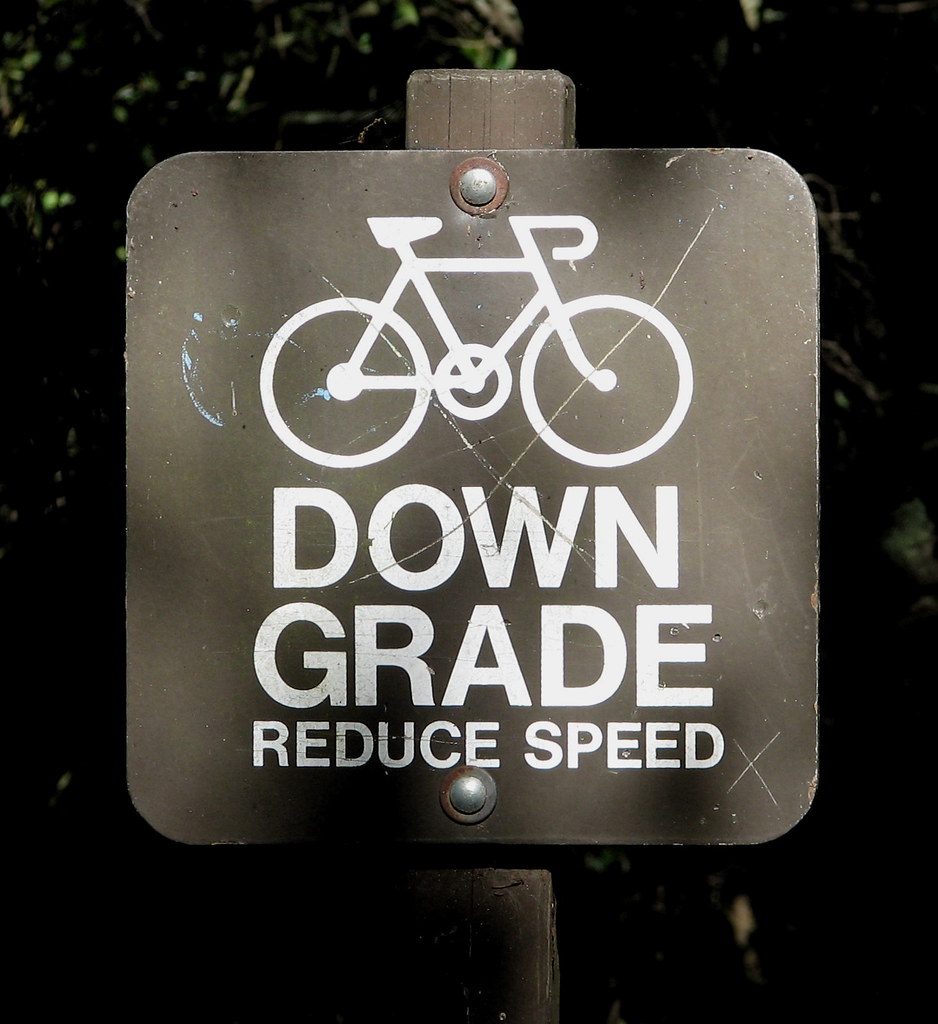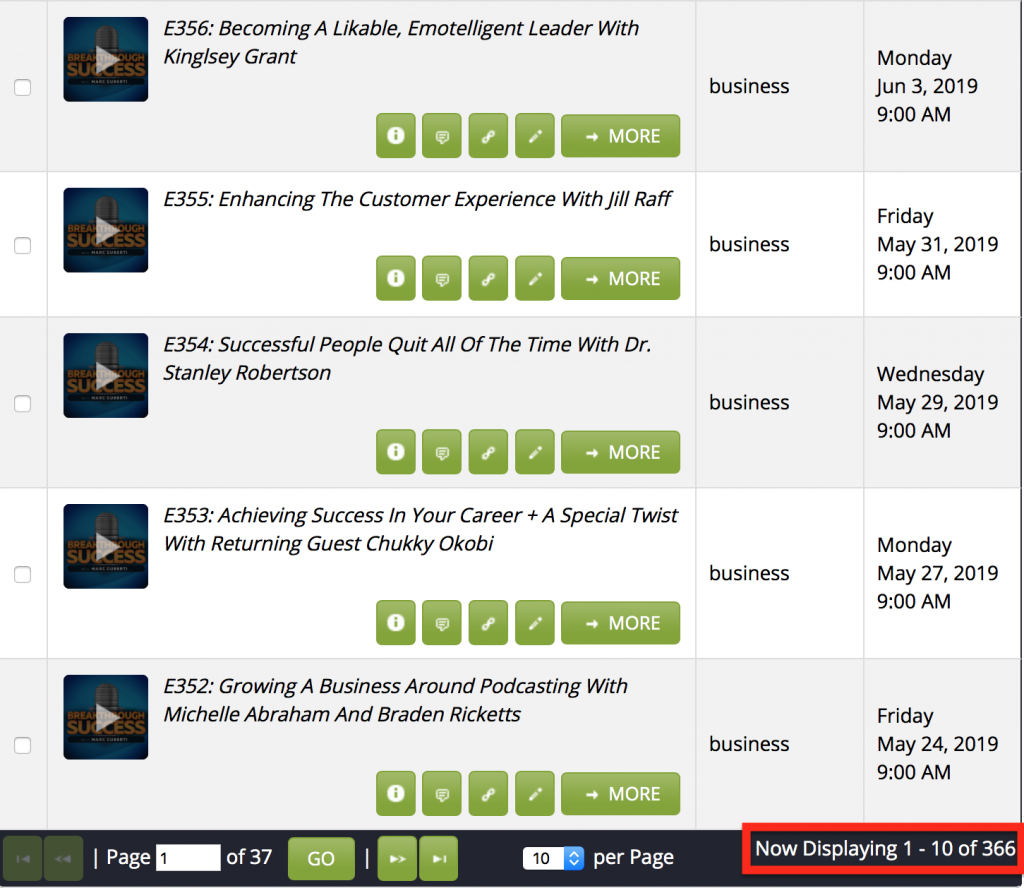
Virtual summits are the best business model for just about anyone. You can start with no audience and connections AND suddenly have an amazing product and 1000s of email subscribers.
I’ve launched SIX virtual summits to date and may launch another summit by the end of the year (I’ll admit there was some burnout with launching three summits in six months, but with a small break I can power through for an additional summit).
For each summit, I’m always doing something different to provide additional value and attract more attendees.
One of the more valuable moves for the Wealthy Author Summit was incorporating the Breakthrough Success Facebook Group. While I haven’t done that for future summits due to timing, it’s something I will do for all of my future summits because it gets the attendees to engage with each other.
As of this blog post, I am hosting the live version of the Advanced Affiliate Marketing Summit. And for the first time, I decided to host a YouTube Live at the end of Day 1.
I’ve included the Day 1 Recap below (there will also be YouTube Live recaps for Days 2-4).
In the recap, I shared some key insights from each session and provided my viewers with some homework from each session.
This makes it easier for people to IMPLEMENT what they learn…something I care a ton about. Most virtual summits throw a bunch of content at you and say, “Good luck.” I always strive to make my virtual summits much more than that.
The YouTube Lives I do have a learning element for existing attendees. However, I also promote the Advanced Affiliate Marketing Summit and encourage viewers to get their ticket if they haven’t done so already.
That’s because someone from YouTube or my audience who isn’t an attendee yet may want to join.
In fact, a few hours after I finished my Live, someone emailed me saying they became an attendee because of my Live video.
Here’s a common rule to remember: If one person takes the time to email you that they did something, you better believe more people did the same thing but didn’t take the time to email you.
Feed Two Birds With One Scone
I’m not throwing a stone at birds, so this is the analogy we’re using 🙂
So far, we’ve focused on YouTube Lives as a great way to get more virtual summit attendees.
But one thing about virtual summit attendees is that they are hyper engaged.
It’s not uncommon for me to go into my Vimeo analytics and see videos with 80-99% retention rates.
That’s amazing and makes sense when you think about the power of hosting a virtual summit.
Virtual summits are a great way to grow your audience and make more money.
And YouTube Lives are a great way to promote your virtual summits.
Do you see where I am going with this?
You can use your virtual summits to grow your YouTube audience. If you get 1000s of attendees for your virtual summit, you can easily get 100s of new subscribers for your YouTube channel in less than a week.
That, combined with how virtual summit attendees engage with content, is going to make the YouTube algorithm more eager to promote your content.
It’s no wonder I’ve had a 37% increase in new subscribers this week compared to the prior week. I am actually on pace for my most successful month on YouTube.
On each day I email attendees with info on that day’s sessions, I also tell them about the YouTube Live and encourage them to subscribe to my YouTube channel.
In the future, I can adjust my YouTube channel so the first playlist on my channel is something related to the virtual summit I’m hosting. I have plenty of options to make this more potent for future virtual summits, but I’m very happy with the initial results from using YouTube Lives to promote my virtual summits.
What are your thoughts on virtual summits and YouTube Lives? Do you have any plans on doing them now or in the future? Sound off in the comments below.


